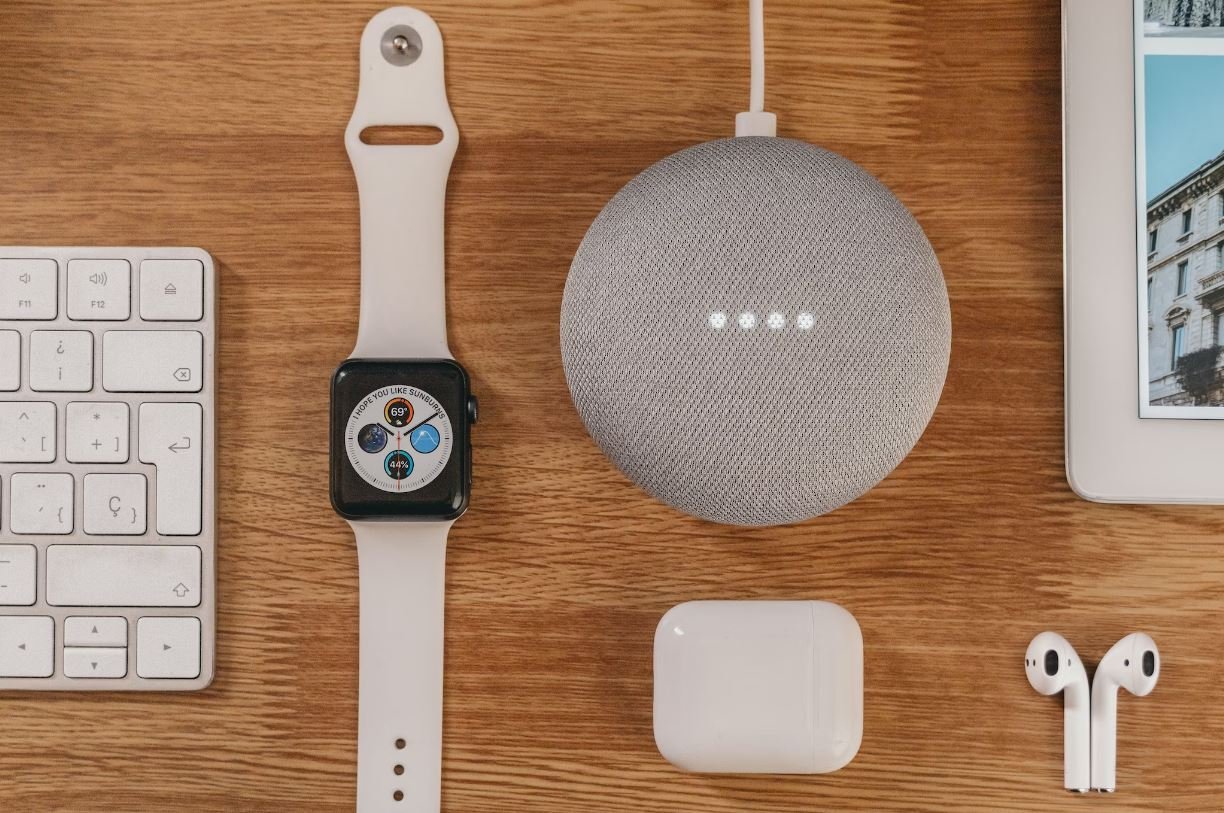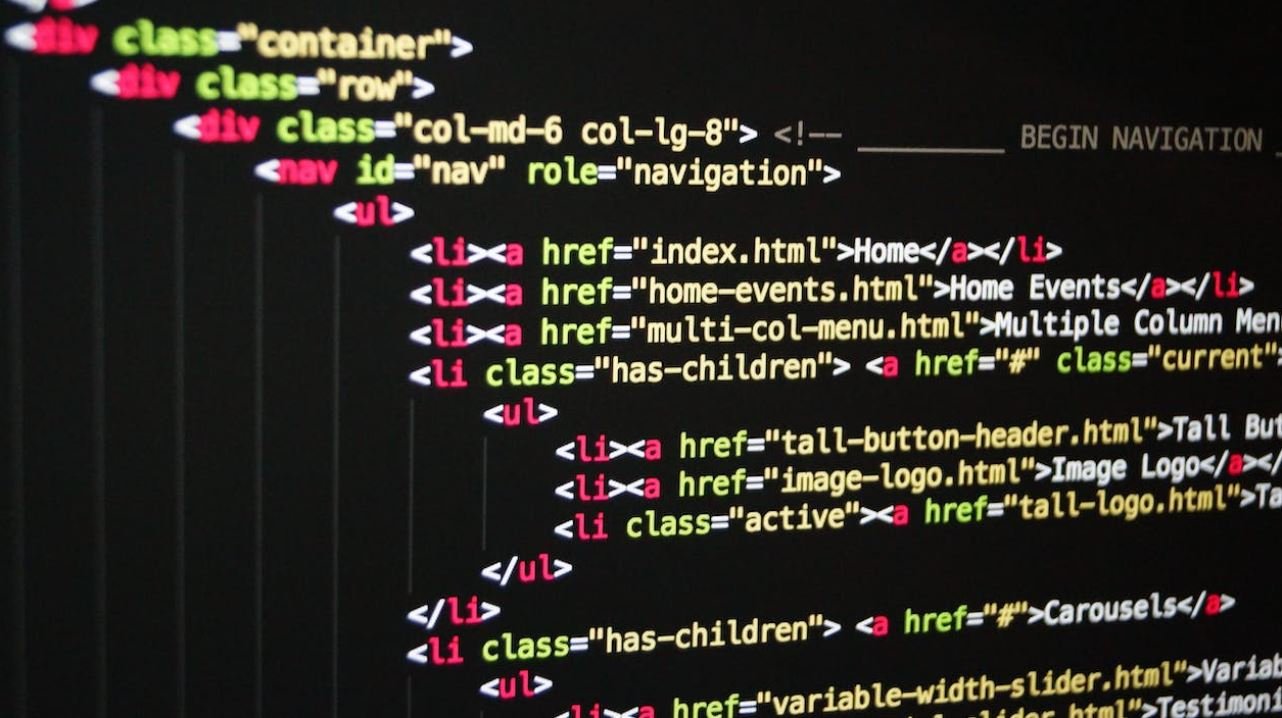Where Did Deepfake Come From?
Deepfake, a portmanteau of “deep learning” and “fake,” refers to the use of artificial intelligence and machine learning techniques to create realistic fake images and videos that can be difficult to distinguish from reality.
Key Takeaways:
- Deepfake is a technique that uses AI to create realistic fake images and videos.
- Deepfake technology has raised concerns about its potential misuse.
- The concept of deepfake was first introduced in 2017.
- Deepfake has a range of applications, including entertainment and political manipulation.
In 2017, a Reddit user named “Deepfakes” successfully used deep learning algorithms to create realistic and convincingly deceptive fake celebrity pornographic videos. The emergence of this technology sparked both fascination and concern, as it demonstrated the capabilities of AI in manipulating media content.
**Deepfake technology relies on generative adversarial networks (GANs), which consist of two neural networks: a generator network that creates the fake images or videos, and a discriminator network that tries to identify whether an image or video is real or fake.** This approach allows the generator network to continuously improve its ability to create more convincing deepfakes.
**One interesting aspect of deepfake technology is its potential to revolutionize the entertainment industry.** With the ability to create digital replicas of actors, filmmakers could bring back deceased stars or insert actors into scenes they never filmed. This could have both artistic and ethical implications.
Applications of Deepfake Technology
Deepfake technology has found applications beyond the realm of adult content, including:
- Entertainment: Deepfake videos can be used for creating realistic visual effects in movies and TV shows.
- Political Manipulation: Deepfakes can be exploited to spread misinformation and manipulate public opinion, posing a significant threat to democratic processes.
- Online Harassment: Deepfake technology has been used to create fake revenge porn and harass individuals by portraying them in compromising situations.
Timeline: The Evolution of Deepfake
| Year | Milestone |
|---|---|
| 2017 | Deepfake pornographic videos gain attention. |
| 2018 | The term “deepfake” is popularized. |
| 2019 | Deepfakes become a global concern, leading to increased research and public awareness. |
**As deepfake technology continues to advance, efforts to detect and combat deepfakes are also progressing.** Researchers and tech companies are developing sophisticated algorithms to identify deepfakes and promote media authenticity.
Challenges and Ethical Concerns
- The potential for deepfakes to spread misinformation and manipulate public opinion poses a threat to democracy.
- Deepfake technology raises significant privacy concerns, particularly regarding non-consensual use of people’s likeness.
- The use of deepfakes in online harassment and revenge porn can have severe psychological and emotional impacts on individuals.
The Future of Deepfake
While the future of deepfake technology remains uncertain, it is clear that measures need to be taken to address the associated risks and challenges.** This includes increased awareness, improved detection tools, and strict regulations around the use of deepfake technology.

Common Misconceptions
Deepfake Originated Recently
- Deepfake technology has been around since 2017
- It gained significant attention due to its use in manipulating political figures
- However, the technology itself has been in development for several years prior to its mainstream exposure
Deepfake technology has not been a recent invention but has rather been an ongoing development in the field of artificial intelligence and computer vision.
Deepfake Videos Are Always Easy to Identify
- Advancements in deepfake technology have made it increasingly challenging to spot fake videos
- Sophisticated algorithms can create highly realistic visual and audio manipulations
- Subtle cues, such as slight facial inconsistencies or unnatural eye movements, may be difficult for untrained viewers to detect
While there are often clues that can indicate a deepfake, it is not always easy for the average person to discern whether a video is genuine or manipulated.
Deepfakes Can Only Be Used for Harmful Purposes
- While deepfake technology has been misused for creating explicit content or spreading fake news, it also has positive applications
- It can be utilized in the film industry for visual effects and realistic CGI
- Researchers use deepfakes to study human behavior and improve computer vision algorithms
Deepfake technology has both negative and positive potential, and its impact largely depends on the intent of its usage.
All Deepfake Videos Violate Privacy and Consent
- While deepfake videos can infringe upon someone’s privacy and consent, not all are created with malicious intent
- In certain cases, deepfake technology is used for artistic expression or entertainment purposes with the consent of the individuals involved
- However, unauthorized creation and distribution of deepfakes without consent remain an ethical concern
Deepfake videos, when produced without consent, can indeed compromise privacy and raise ethical considerations. However, there are legitimate uses that involve consent and respect for individuals’ rights.
Deepfakes Are Impossible to Prevent
- Efforts are being made to combat the negative implications of deepfake technology
- Research and development of advanced detection tools are underway
- Legislation is being implemented to regulate the creation and distribution of deepfake content
While it is challenging to completely prevent the creation and spread of deepfakes, there are ongoing efforts to develop countermeasures and establish legal frameworks to mitigate their potential harm.

The Origins of Deepfake Technology
Deepfake technology has rapidly gained popularity in recent years, revolutionizing the way we perceive and create media. This article delves into the intriguing origins of deepfake and explores the milestones in its development and usage.
The Birth of Deepfake
In 2017, a Reddit user named “deepfakes” posted pornographic videos featuring the faces of celebrities onto an online forum. This marked the emergence of deepfake technology, which combines deep learning and artificial intelligence algorithms to create realistic videos of arbitrary subjects.
Deepfake Goes Viral
Soon after its initial debut, deepfake technology spread like wildfire across social media platforms. People were fascinated by how easily faces could be swapped onto different bodies, leading to a wave of amusing, controversial, and sometimes even dangerous creations.
Implications in Politics
The political landscape was not immune to the impact of deepfake, with manipulated videos surfacing during elections and political campaigns. Deepfake technology has raised concerns about public trust, political manipulation, and the potential erosion of truth in the digital age.
Entertainment Industry Embraces Deepfake
Hollywood has jumped on the deepfake bandwagon with enthusiastic experimentation. The entertainment industry explores the possibility of using this technology to resurrect long-gone actors for roles or create mind-blowing visual effects that were previously unattainable.
Combating Deepfake Misuse
As deepfake technology continues to evolve, so do the efforts to detect and mitigate the potential harm it can cause. Researchers are developing advanced algorithms and techniques to identify and combat the misuse of deepfake, working towards a safer digital environment.
Ethical and Legal Concerns
The rise of deepfake raises important ethical and legal questions. It challenges notions of consent, privacy, and the boundaries of creative expression. Legislators and policymakers face the difficult task of keeping up with the rapid pace of technological advancement to effectively regulate its use.
Realistic Impersonations
One of deepfake’s most notable features is its ability to convincingly impersonate individuals. This technology has sparked debates over identity theft, fraud, and the potential impact on personal and professional reputations.
Deepfake in Journalism
Deepfakes pose a significant threat to journalistic integrity. The ability to manipulate video and audio clips convincingly raises concerns about the authenticity of news content, provoking questions about the future of trustworthy journalism.
Positive Use Cases
While the negative implications of deepfake are a cause for concern, there are also positive applications of this technology. Deepfake can be utilized for educational purposes, acting as a powerful tool for historical and cultural preservation.
The Road Ahead
Deepfake technology is here to stay, and its impact on society will only continue to grow. We must navigate the ethical challenges, redefine our understanding of reality, and develop effective countermeasures to ensure a future where deepfake remains a tool and not a weapon.
Though deepfake technology has gained notoriety for its potential negative consequences, its development and utilization span a wide range of industries and applications. From entertainment and politics to ethics and journalism, deepfake’s expansion has sparked both fascination and concern. As we move forward, it is crucial to strike a balance by promoting responsible use, understanding the implications, and actively addressing the challenges posed by this rapidly advancing technology.
Frequently Asked Questions
What is deepfake and how does it work?
Deepfake refers to the use of artificial intelligence to manipulate videos or images, allowing for the creation of highly realistic and believable synthetic media. It involves training deep learning models to analyze and recreate human faces, enabling the swapping of one person’s face onto another’s in a video. By leveraging various AI techniques, deepfake algorithms generate convincing results, making it increasingly challenging to distinguish between real or fake videos.
Where did deepfake technology originate?
The concept of deepfake was first introduced by a Reddit user named “deepfakes” in 2017. This user developed and shared a machine learning algorithm capable of creating face-swapped pornographic videos using celebrities’ faces. This was the initial spark that led to the widespread development and use of deepfake technology.
What are the potential risks and dangers associated with deepfake?
Deepfake technology poses numerous risks and dangers. It can be used for various malicious purposes, such as spreading disinformation, blackmailing individuals, creating non-consensual explicit content, and impersonating public figures. Deepfake videos can have severe consequences, impacting politics, public trust, privacy, and individual reputations.
How can deepfake videos be identified and detected?
Detecting deepfake videos is a challenge due to their high-quality and sophisticated nature. However, there are several methods being developed to combat this issue. Some techniques include analyzing facial inconsistencies, examining blinking patterns, studying unnatural movements, and employing advanced AI algorithms to distinguish manipulated videos from genuine ones.
Are there any regulations or laws specifically addressing deepfake technology?
As deepfake technology continues to evolve, lawmakers and governments worldwide are working to establish regulations to curb its misuse. While some countries have introduced legislation targeting specific use cases of deepfake (e.g., revenge porn), there is currently no comprehensive global legislation solely focused on deepfakes. However, existing laws related to privacy, defamation, and intellectual property can be applied to address the harmful consequences of deepfake technology.
Can deepfakes be used for positive purposes?
While deepfake technology has primarily been associated with negative use cases, there are potential positive applications as well. For instance, it can be used in the entertainment industry for creating more realistic special effects or in the field of education and training for simulations. However, the risk of misuse and harm remains a concern even in these scenarios.
Can deepfake videos be completely eradicated or prevented?
It is highly unlikely to completely eradicate deepfake videos due to the constant advancements in technology. However, proactive efforts such as developing advanced detection methods, raising awareness about deepfakes, and implementing stricter regulations can help mitigate the risks associated with this technology.
What are some measures individuals can take to protect themselves from deepfake attacks?
Individuals can take several precautions to protect themselves from deepfake attacks. These include being skeptical of suspicious or sensational videos, verifying content from multiple trustworthy sources, avoiding sharing questionable videos or images without confirming authenticity, and using secure and unique passwords to prevent unauthorized access to their personal information.
How can technology developers contribute to the fight against deepfakes?
Technology developers can play a crucial role in combatting deepfakes. They can focus on developing more advanced deepfake detection tools, enhancing AI algorithms to accurately identify manipulated content, collaborating with experts from various domains to create comprehensive solutions, and ensuring ethical use of AI technologies through responsible development practices.
What can individuals do to raise awareness about deepfake technology?
Individuals can raise awareness about deepfake technology by educating others about its existence, sharing reliable resources that guide users on spotting deepfakes, and engaging in discussions or initiatives aimed at addressing the negative impact of deepfakes. Spreading awareness about the potential dangers of deepfakes is crucial for fostering a more informed and resilient society.




